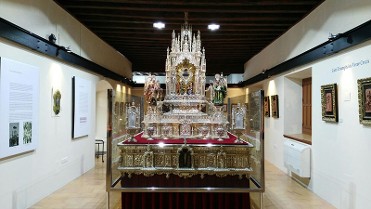
MUSEO DE LA VERA CRUZ
Castillo, Santuario de la Vera Cruz
30400 CARAVACA DE LA CRUZ
Telephone: +34 968 70 56 20
e-mail: reservas@caravacadelacruz.es
www.turismocaravaca.com
![]()
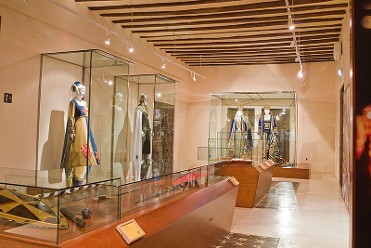
MUSEO DE LA FIESTA
C/ Las Monjas, 19
30400 CARAVACA DE LA CRUZ
Telephone: +34 968 70 56 20
e-mail: reservas@caravacadelacruz.es
www.turismocaravaca.com
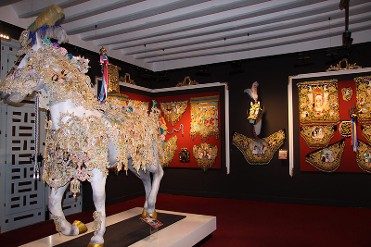
CASA-MUSEO DE LOS CABALLOS DEL VINO
C/ Gregorio Javier, 21
30400 CARAVACA DE LA CRUZ
Telephone: 868 185 096
e-mail: reservas@caravacadelacruz.es
www.turismocaravaca.com
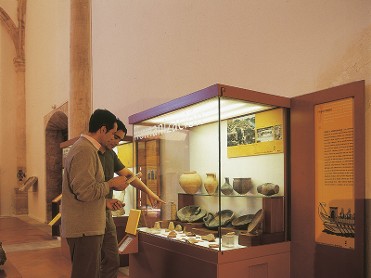
MUSEO ARQUEOLÓGICO MUNICIPAL LA SOLEDAD
Cuesta del Castillo, s/n. Iglesia de la Soledad
30400 CARAVACA DE LA CRUZ
Telephone: +34 968 700 512
e-mail: reservas@caravacadelacruz.es
www.turismocaravaca.com
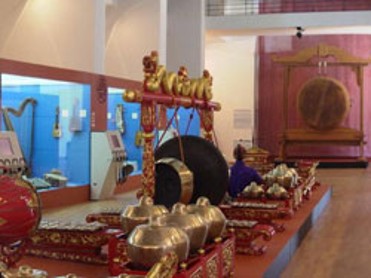
MUSEO DE LA MÚSICA ÉTNICA DE BARRANDA
C/ Pedrera, s/n
30412 BARRANDA (CARAVACA DE LA CRUZ)
Telephone: +34 968 738 491
museomusicaetnica.com/
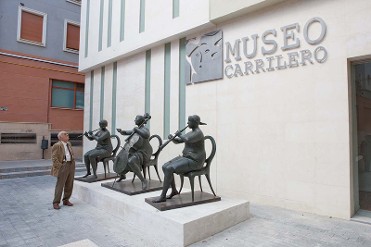
MUSEO CARRILERO
Pza. José Carrilero, s/n
30400 CARAVACA DE LA CRUZ
Telephone: +34 968 70 56 20
e-mail: reservas@caravacadelacruz.es
www.josecarrilero.net/museo/index.htm



